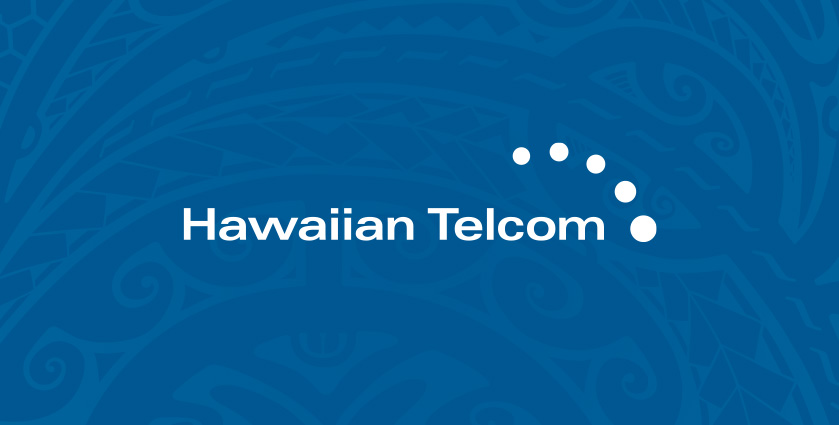Keep business functioning with remote work options

Tags: Large Business and Government, IT Solutions, Small Business, How-To Guides, Working Remotely, COVID-19,
As the impact of COVID-19 is felt around the world, local businesses are preparing for the challenge of how to remain functional and effective if their employees can’t come to the workplace. While remote work is not a new concept and many businesses have a remote work policy in place, it’s one thing to have a handful of employees working remotely and quite a different situation to have all or the vast majority of your workforce working remotely. Thus, interest in remote work solutions is at an all-time high.
Remote access solutions for businesses fall into a few categories:
Virtual Private Network (VPN)
- VPNs extend your home or remote office network and connect your computer to your office network virtually so you can access the same resources you normally connect to.
- They can be persistent or open connections between two firewalls or routers, or they can be connected to on a per user basis via VPN software
- VPNs are generally the most transparent method of connectivity, but can be slow and cumbersome to manage at times, especially over home internet connections, which do not typically have a guaranteed speed
Remote Desktop (Microsoft Terminal Services, Citrix, VDI, etc.)
- Remote Desktop solutions allow you to use special software to connect to a desktop or a server that physically connects to your work network, and work from that.
- Remote Desktop solutions allow for IT departments to “stage” the work environments for their team and ensure proper software is available. Unfortunately, without expensive hardware and planning, multimedia applications like video conferencing, heavy graphics editing and specialty software like computer-aided design generally do not work well within the remote desktop environment.
Cloud-Based Solutions (Office 365, Google Apps, etc.)
- In recent years, cloud- based solutions like Office 365 and Google Apps have made most basic information readily available remotely. Employees can collaborate on documents, check their email, upload/download the files they need to work on from home, and share information without the need for special software.
Regardless of the remote access solution you choose to implement, be sure to prioritize information security. Utilizing two-factor authentication should be mandatory for all types of remote access. I also recommend implementing security policies that include up-to-date antivirus software on both the remote and local computer/server to help keep digital viruses from spreading along with the physical ones.
The good news is there are solutions that enable many businesses to function with a remote workforce. If you have questions, reach out to your trusted local technology partner for assistance.
Jordan Silva is senior manager of consulting services operations at CBTS. Reach him at jordan.silva@cbts.com.
© Honolulu Star-Advertiser





